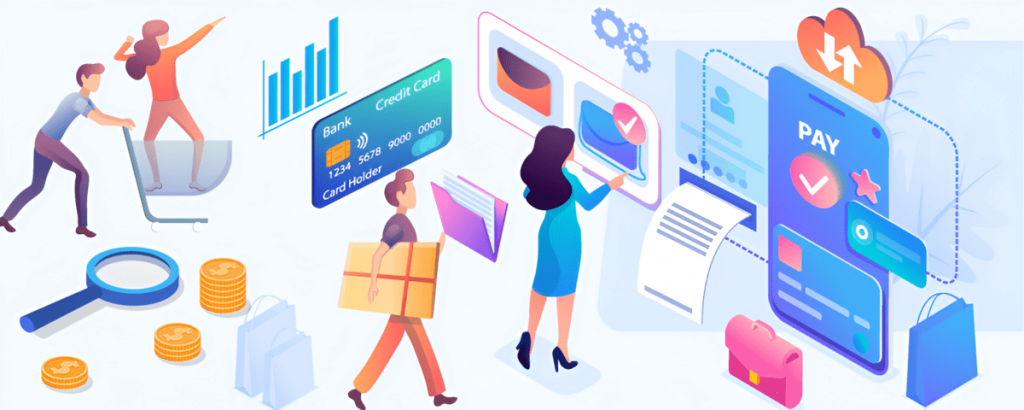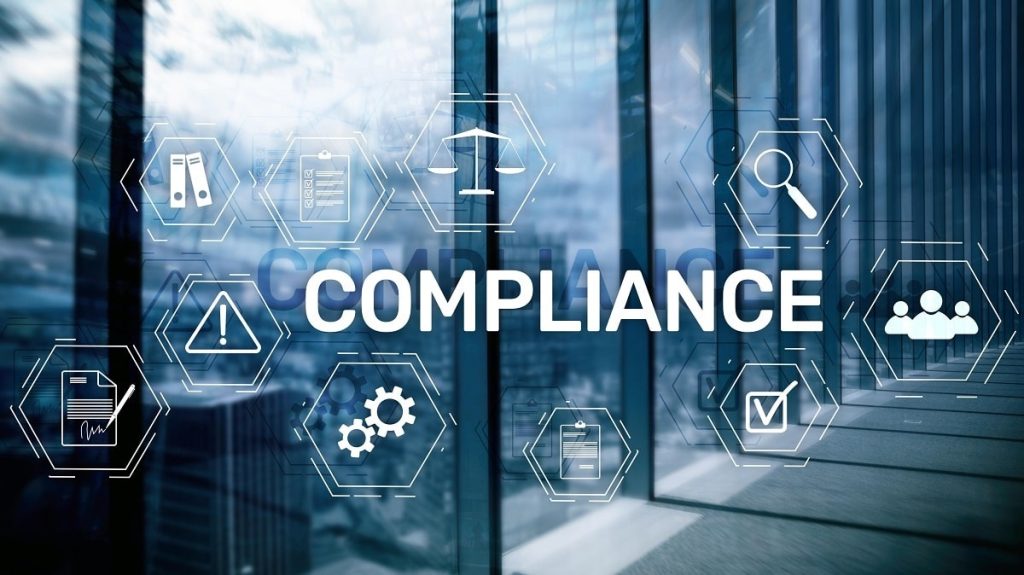In today’s digital economy, a payment gateway is crucial for processing online payments efficiently and securely. A payment gateway transfers payment information between a customer’s bank and a merchant’s bank. This guide covers the steps to build a payment gateway, from planning to deployment and maintenance. We’ll also include practical data and recommendations based on industry standards.
Introduction
Payment gateways are essential for online transactions, enabling businesses to process payments securely. The global payment gateway market was valued at $31 billion in 2023 and is expected to grow at a CAGR of 22.2% through 2030. With e-commerce on the rise, the demand for reliable payment gateways is increasing.
Building a payment gateway involves market research, technical design, development, compliance with regulatory standards, and ongoing maintenance. This guide provides clear, actionable steps to create a secure and efficient payment gateway.
Step 1: Market Research and Planning
Start with understanding the payment processing landscape, including trends, technologies, and regulations.
Key Market Insights
| Metric | Value | Source |
|---|---|---|
| Global Payment Gateway Market Size (2023) | $31 billion | Statista |
| Projected CAGR (2023-2030) | 22.2% | Statista |
| Average Transaction Fees | 2.9% + $0.30 per transaction | Stripe |
- Identify your target market: Focus on specific business goals and customer needs. For example, a gateway for e-commerce platforms should prioritize features like one-click payments and multi-currency support.
- Analyze competitors: Study other payment gateways like Stripe, Braintree, and Checkout.com to understand their strengths and weaknesses.
- Understand compliance requirements: Ensure your gateway will comply with industry standards like PCI DSS and GDPR.
Step 2: Designing the Payment Gateway
Designing a payment gateway requires creating a technical architecture that includes backend and frontend components, security protocols, and integration capabilities.
Technical Architecture
| Component | Description |
|---|---|
| Backend | Manages transaction processing, fraud detection, and integration with banks. |
| Frontend | User interface for payment input, compatible with various devices. |
| Security | Implements encryption, tokenization, and other security measures. |
| Compliance | Ensures adherence to PCI DSS and GDPR standards. |
- Programming Languages and Frameworks: Use languages like Java, Python, or Node.js, known for robustness and scalability in payment gateway development.
- Security Features: Implement encryption (e.g., AES-256), tokenization, and real-time fraud detection systems to secure transactions.
- PCI DSS Compliance: PCI DSS compliance is mandatory for any business handling credit card data, including encryption and maintaining a secure network.

Step 3: Development Process
Developing a payment gateway involves building core processing logic, integrating with financial institutions, and ensuring the system’s security and reliability.
Core Development Steps
| Step | Description |
|---|---|
| Backend Development | Develop the server-side logic, including transaction handling and API integrations. |
| Integration | Connect with payment processors, banks, and financial institutions. |
| Testing | Perform rigorous testing to ensure the gateway works under different scenarios. |
- Backend Development: The backend manages transactions, user authentication, and communication with financial institutions. It should handle high transaction volumes efficiently.
- Integration: Integrate with payment processors like Mastercard, VISA, and local banks to ensure wide acceptance. Include support for 3D Secure to enhance transaction security.
- Testing: Conduct thorough testing, including load testing, security testing, and cross-browser testing, to ensure the gateway performs well.
Step 4: Compliance and Certification
Compliance with regulatory standards is crucial for the security and credibility of your payment gateway. This includes adhering to PCI DSS, GDPR, and other relevant regulations.
Compliance Checklist
| Requirement | Description |
|---|---|
| PCI DSS Certification | Ensures that your gateway meets industry security standards. |
| GDPR Compliance | Protects user data and ensures transparency in data handling. |
| Regulatory Approvals | Obtain necessary certifications from relevant authorities (e.g., VISA, Mastercard). |
- PCI DSS Certification: PCI DSS compliance involves maintaining a secure network, protecting cardholder data, and regularly monitoring networks.
- GDPR Compliance: If your gateway processes data from EU citizens, it must comply with GDPR. This includes user consent for data processing and ensuring data privacy.

Step 5: Deployment and Maintenance
After development and compliance, the final steps are deployment and ongoing maintenance.
Deployment Strategies
| Task | Description |
|---|---|
| Server Setup | Deploy the gateway on a secure, scalable server infrastructure. |
| Monitoring | Implement tools to monitor transaction flows, performance, and security. |
| Maintenance | Regularly update the system with security patches and new features. |
- Server Setup: Deploy your payment gateway on a reliable cloud platform like AWS or Google Cloud for scalability and security.
- Monitoring: Use monitoring tools like New Relic or Datadog to track performance and detect anomalies in real-time.
- Maintenance: Regular updates are essential to protect against new security threats and add new features.
Alternative Solutions: White-Label Services
If building a payment gateway from scratch is too complex or costly, consider white-label solutions. These are pre-built platforms that can be customized. For instance, Checkout.com and Braintree offer white-label services that provide a quick way to offer payment processing capabilities.
Partnering for Chargeback Prevention
To mitigate chargeback risks, consider using specialized solutions. Merchanto.org offers tools for chargeback prevention and is an official partner of VISA and MasterCard. This partnership ensures reliable protection for your payment gateway. Learn more.
Conclusion
Building a payment gateway is a complex process that requires careful planning, technical expertise, and a focus on security and compliance. This guide outlines the essential steps, providing practical advice and factual insights.
Creating your own gateway offers significant benefits, including control over payment processing, lower fees, and the ability to customize features. However, it also involves challenges such as high development costs and ongoing maintenance.
Whether you build your gateway from scratch or opt for a white-label solution, prioritize security, compliance, and user experience to ensure your platform’s success.



